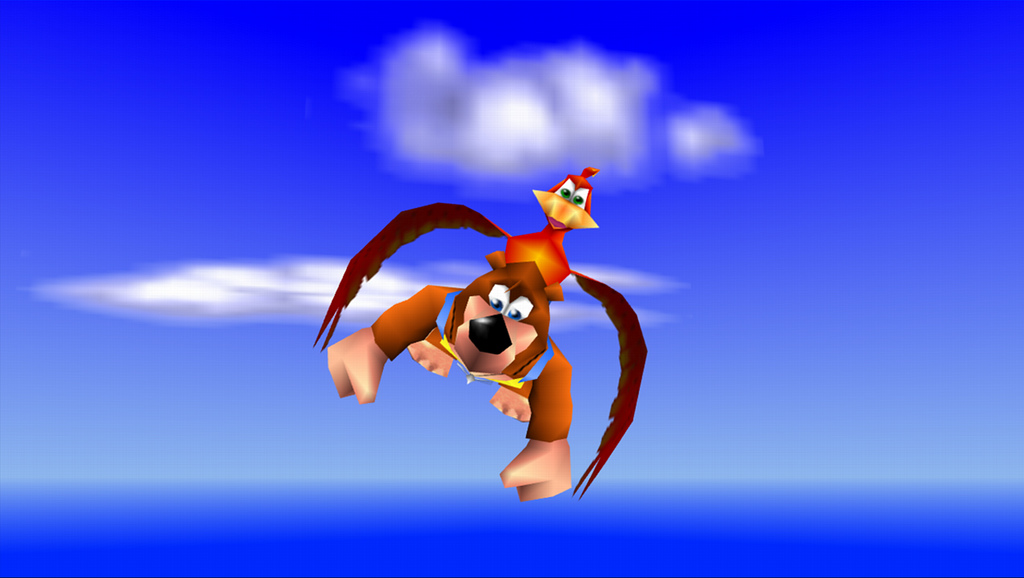
If there’s one type of game that is currently seeing an incredible revival, it’s the platformer. Whether you’re talking 2D or 3D, gamers have proven their willingness to toss cash toward a good platformer that challenges their quick reflexes, timing, and more. The following are a few game design tips take from excellent titles that all developers should consider while crafting their own platforming experience:
Have Different Worlds To Enjoy
There are plenty of prime examples to use for this point but we’d like to go with one of the best: the original Banjo-Kazooie.
From desert pyramids and haunted mansions, to a poisonous bog and giant snowman, Rare gave us plenty of levels set in fresh and imaginative places. Since no one wants to see the same scenery over and over, anyone considering designing a good 3D platformer will certainly take a page from Rare’s beloved title.
Give Your Character A Varied Moveset
Super Mario 64 blew us all away in 1995 for, among countless reasons, making us feel like Mario could do just about anything. You could crouch to crawl and do backflips, run to do a triple jumps and long jumps, or hit A at just the right time to wall kick or do a side somersault. And then there’s the B button that allowed you to dive, punch, kick in the air, pick up objects, and more.
Thanks to the impressive number of actions players could perform with Mario (including flying!), most of us still remember the first times we picked up that crazy N64 controller to play Super Mario 64 and couldn’t put it down.
Make Sure Movement Feels Good
Even if your game does have a wide variety of actions to do, no one will care if moving feels cumbersome or difficult; the latter being why Sonic has had trouble transitioning to 3D. In games like Sonic Adventure, fast movement combined with an unpredictable camera lead to many silly deaths.
On the other hand, a good 3D platformer should challenge a player’s quick reflexes and precision, which means animations must be able to start from the previous animation at any time. Super Mario 64 is once again the perfect example as it lets players run, jump, and then wall kick a few times up a gap, all without barely any delay between animations.
Don’t Forget the Collectibles, Power-Ups, Etc.
No matter what the main objective of your platformer is, be it reach the end of the level, defeat a certain enemy, or grab a specific item, there should be plenty of things to collect along the way.
These collectibles should also go toward something so the player feels they are worth grabbing, such as the rings in Sonic the Hedgehog games (100 earns you an extra life).
As for power-ups, the Super Mario Galaxy games are definitely worth looking at. Being able to turn into a bee and ghost was awesome, as was the mushroom that turned you into a metal spring and allowing Mario to bounce higher than ever.
Toss In Segments That Feel Different
Even if your 3D platformer has fun gameplay and good levels, you’ll want to mix things up once in a while so players don’t get bored of the same thing.
Even the original 1985 Super Mario Bros. does this by offering the occasional water level as well as pipes leading to rooms where you got to crush blocks and collect coins. Though these segments are short and simple, like collecting as many bananas as you can while riding animals in Donkey Kong Country, they can still serve to break things up and give players a breather from the regular gameplay.
